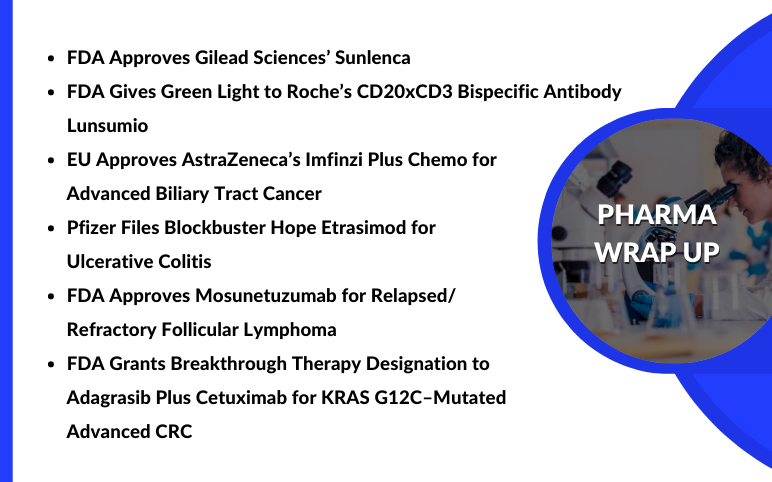In a survey conducted by WHO, globally, 37.9 million people were tested positively living with HIV in 2018. Out of which, 62% (23.3 million) of the people were receiving antiretroviral treatment by the end of 2018.
WHO, in addition to all the other Health organizations are working towards achieving the WHO/UNAIDS 90–90–90 targets for 2020 that targets to achieve 90% of the people living with HIV know their HIV-status, 90% of them have access to the treatment and 90% of people having access to treatment show suppressed viral loads.
However, the rising trends of Antimicrobial resistance (AMR), including an upsurge in HIV-drug resistance (HIVDR) is posing a hindrance in realizing the global targets to eliminate HIV-AIDS by 2030. The increase in drug-resistance, if not addressed immediately, can lead to millions of deaths, an increase in the new and intractable viral infections and an amplified healthcare cost. The related concerns, therefore, prioritizes the need to contend AMR.
Furthermore, in the WHO HIV drug resistance report 2019, it was observed that 12 counties in Africa, Asia and America, reportedly showed an exceeded acceptable levels of HIV drug resistance against the two most widely used drugs efavirenz and nevirapine. The estimated increase in HIVDR in 2019 has expanded from the year 2017 in which 6 of the 11 countries surveyed, in Asia, Africa, and Latin America, had over 10% of people resistant to one or more strain of HIV that were on antiretroviral therapy. People have already reached the threshold of 10%, and it is high time that health authorities of those countries switch to another treatment regimen against HIV.
HIV drug resistance occurs when there is a disruption in the routine of the treatment when patients do not have consistent access to the quality HIV treatment and medications prescribed. Irregularities in the HIV therapy administration make HIV resistant to drugs, their levels in the blood increases and failure in HIV treatment. WHO, therefore, has issued new guidelines and regulations recommending countries to improve the quality of HIV treatment programme and closely monitor the HIV therapy failure and address the HIV drug resistance.
In response to the threat of HIVDR to attaining these goals, the global health community launched a five-year Global Action Plan on HIVDR (2017–2021) that details a roadmap to prevent, monitor, and respond to globally increasing levels of HIVDR. In response to the Global Action Plan, countries and funders are increasingly focusing on establishing robust and routine population-level monitoring of HIVDR to accompany the scaling up of antiretroviral therapy (ART) and supporting a safe transition to new antiretroviral (ARV) drugs in first- and second-line ART.



